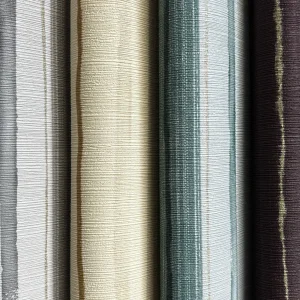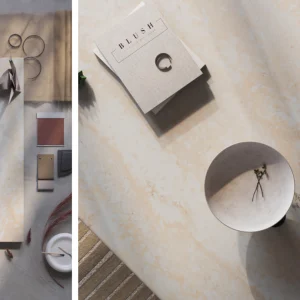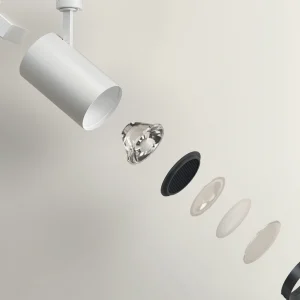Extensive vegetative roofing systems utilise shallow planting beds with hardy, low-growing vegetation that requires minimal maintenance and irrigation. The general benefits of a green roof are reduced air pollution and greenhouse gas emissions, reduced energy use, improved human health and comfort, enhanced storm water management and water quality.
The plants used in Ludington’s green roof installation are a specific mix designed to work well in the Mid-Atlantic US, and are drought tolerant and resilient. Most of the plants in the mix include varieties of Sedums. Other varieties such as Delosperma, Allium schoenoprasm, Phedimus Takesimense and Talinum calycinum are also included. The plants grow rapidly and form a matted surface, covering the growing media completely.
The library has also installed a Wissahickon schist stone, which has been sourced locally. The stonework is a nod to the work performed on the building in 1926. An energy-efficient elevator has also been installed. Other items which are considered in the planning process are water-saving bathroom fixtures, carpeting, low VOC paints, lighting, shelving systems, bus stop and bicycle racks, and native plants and trees. The Ludington Library also has garden in its territory.





